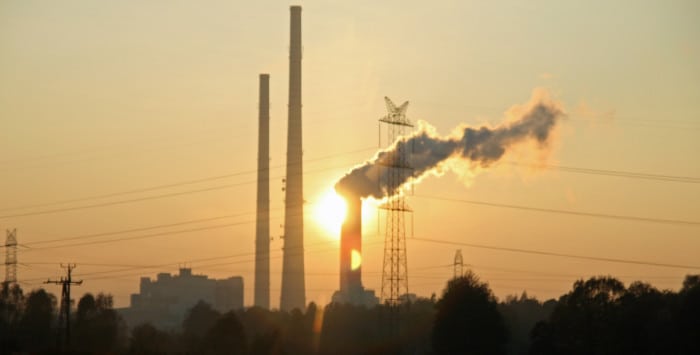
Implementing carbon pricing in the United States may seem like a pipe dream, but the nation could very well be headed in that direction, Andrew Steer, president and CEO of the World Resources Institute, said Wednesday. “Look, because we live in Washington, D.C., we tend to assume that putting a price on carbon is going to be terribly, terribly difficult, we need to remind ourselves that there is the incipient revolution going on out there right now,” he said during an event hosted by Resources for the Future.
Steer noted that internationally, climate action has been trending toward carbon pricing. Nearly 200 nations adopted the Paris Agreement on climate change in December 2015. The agreement establishes a legal framework under which nations will pursue “intended nationally determined contributions” (INDCs) against climate change. One-hundred nations, representing 58 percent of global emissions, stated in their INDCs they would use some form of carbon pricing to meet their climate goals.
The United States was not one of those nations. With Republicans controlling Congress, it’s viewed as unlikely that such a measure would be implemented. However, the nation could meet its Paris Agreement commitment by implementing a carbon price, according to Richard Newell, president and CEO of RFF. “The carbon prices needed to reach the U.S. NDC are relatively modest so long as they are applied to the entire energy system. They’re about $20 to $25 a ton,” he said. “In terms of the overall economic impact of this, on the high side, it would be a maximum of like .3 percent of GDP cumulative over a 10-year period.”
Newell compared this price to a plan currently on the table, though unlikely to move forward. The “American Opportunity Carbon Fee Act,” introduced by Sens. Sheldon Whitehouse (D-R.I.) and Brian Schatz (D-Hawaii), would institute a carbon fee starting in 2016 at $45 per metric ton of carbon emitted. The fee would apply to coal, oil, and natural gas produced in, or imported to, the United States.
“Given that the U.S. pledge for the Paris Agreement was to bring emissions down to 26-28 percent below 2005 levels by 2025, legislation on the order of this legislation by Whitehouse and Schatz would go well beyond that, showing that carbon pricing can be an effective mechanism for achieving these kinds of targets,” Newell said.
Bills like the one proposed by Whitehouse and Schatz are unlikely to get any leverage in the current Congress, but there is movement at the state level, Newell pointed out. Currently, nine northeastern states participate in the Regional Greenhouse Gas Initiative, a cap-and-trade program, and California has also imposed a carbon tax. Washington state residents will vote on a measure to implement a statewide carbon tax next month.
Steer said he believes carbon pricing could take hold nationally much sooner than many expect. “Don’t assume that we are without hope here. It’s not only at the state level. I mean, things could happen here just as marriage equality suddenly came out of nowhere. I wouldn’t be surprised if five years from now we have a federal price on carbon.”